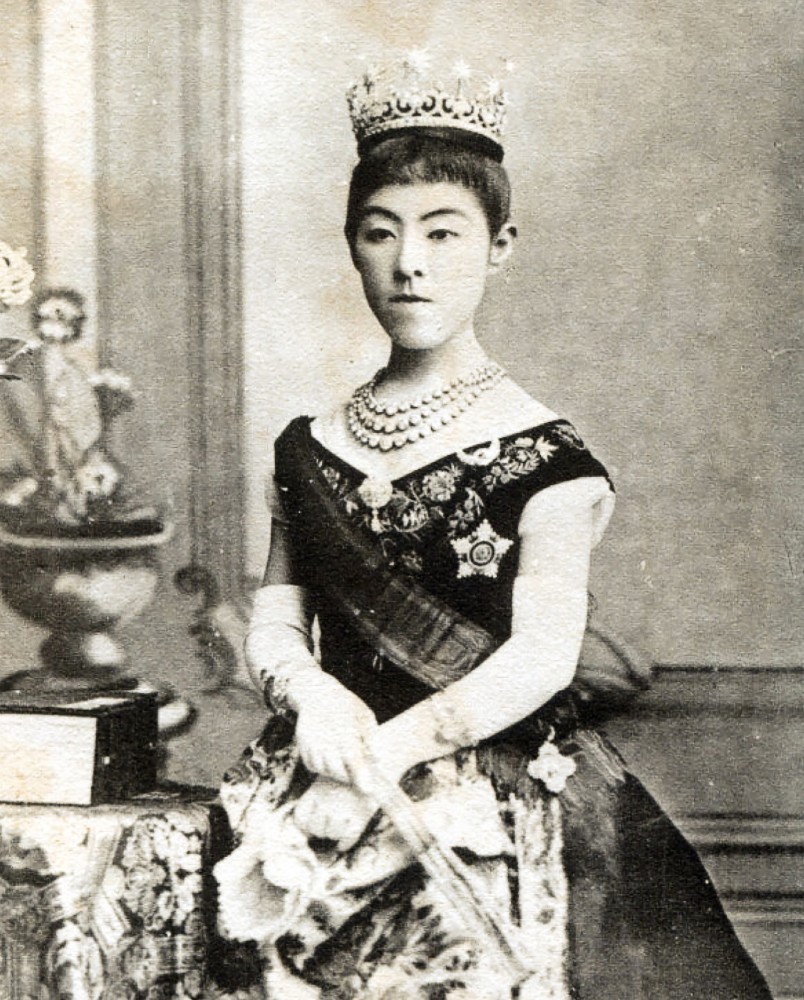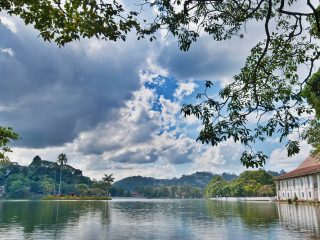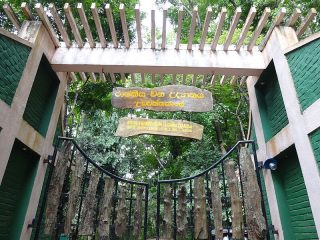In the heart of Shibuya, Tokyo, you’ll find a Shinto shrine that was built in the honour of an emperor who was regarded as a deity. The Meiji Shrine is an essential visit for anyone that’s keen on visiting the cultural landmarks of Japan.
Honouring an Emperor
Emperor Meiji – whom the Meiji Restoration was centred around – died in 1912, having successfully transformed Japan from a feudal nation to a recognisable modern power. The shrine was built in honour of the emperor and his wife, the Empress Shoken.

The Construction
The shrine’s construction began in 1915. Materials for the shrine were taken from regions like Korea and Taiwan which at the time had fallen under Japanese rule. According to historical sources, the construction process had cost Japan well over 500,000 Yen.
The Atmosphere
If you’re staying at one of the Shibuya hotels – say, for example, the Cerulean Tower Tokyu Hotel – it might surprise you that the Meiji Shrine is found in a calm and tranquil patch of woods, far removed from the hustle and bustle of the rest of the city. Aside from admiring the shrine itself, the location is perfect to just collect your thoughts and enjoy some privacy.
The Shrine Layout
As you make your way through the woods, you’ll come upon the Jingu Bashi Bridge. This is the main entrance to the shrine. The shrine itself is divided into two major areas – the Naien and the Gaien. The Naien is the inner precinct which contains a museum and various scriptures about the emperor and empress. The Gaien includes a spectacular picture gallery and a number of open restaurants.











